Shekinah Farms Sustainable Agriculture Program
Training in sustainable agriculture focuses on equipping farmers and agricultural communities with the knowledge and skills to produce food efficiently while preserving environmental health, ensuring economic viability, and supporting social equity. As part of our commitment to sustainable agriculture, we provide these types of training.

Soil Health and Management
- Soil testing and analysis
- Techniques to improve soil fertility (e.g., crop rotation, cover cropping, and composting).
- Erosion control methods like contour plowing and terracing.
Outcome: Healthier soils that sustain higher productivity and reduce dependency on synthetic inputs.
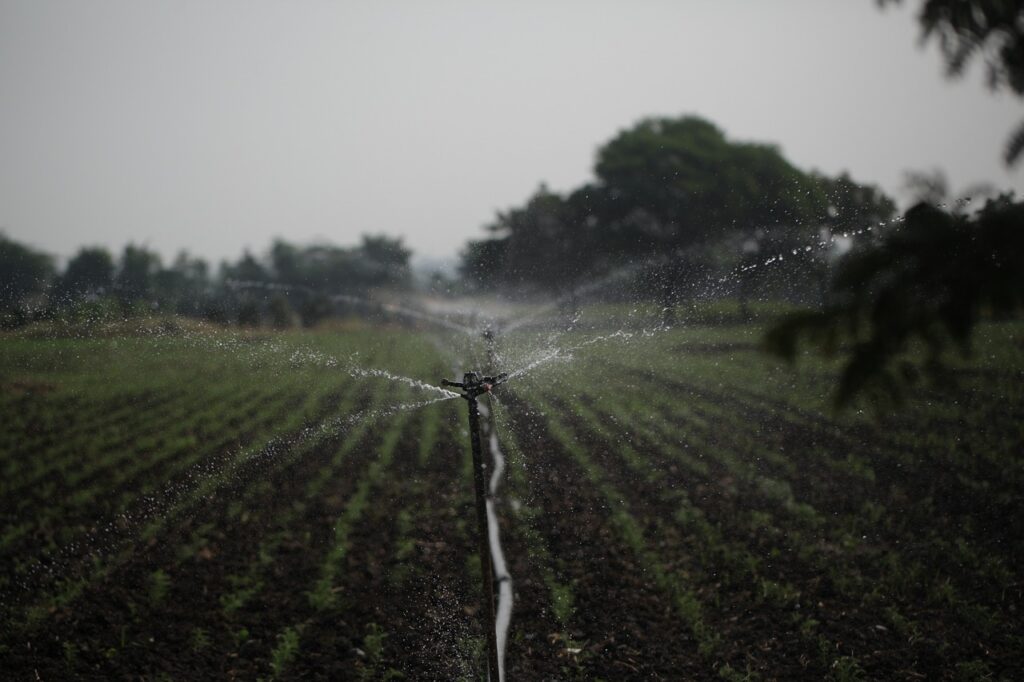
Water Conservation and Management
- Efficient irrigation methods (e.g., drip irrigation, rainwater harvesting).
- Reducing water runoff and enhancing infiltration.
- Use of water-efficient crop varieties.
Outcome: Improved water-use efficiency and minimized water waste.
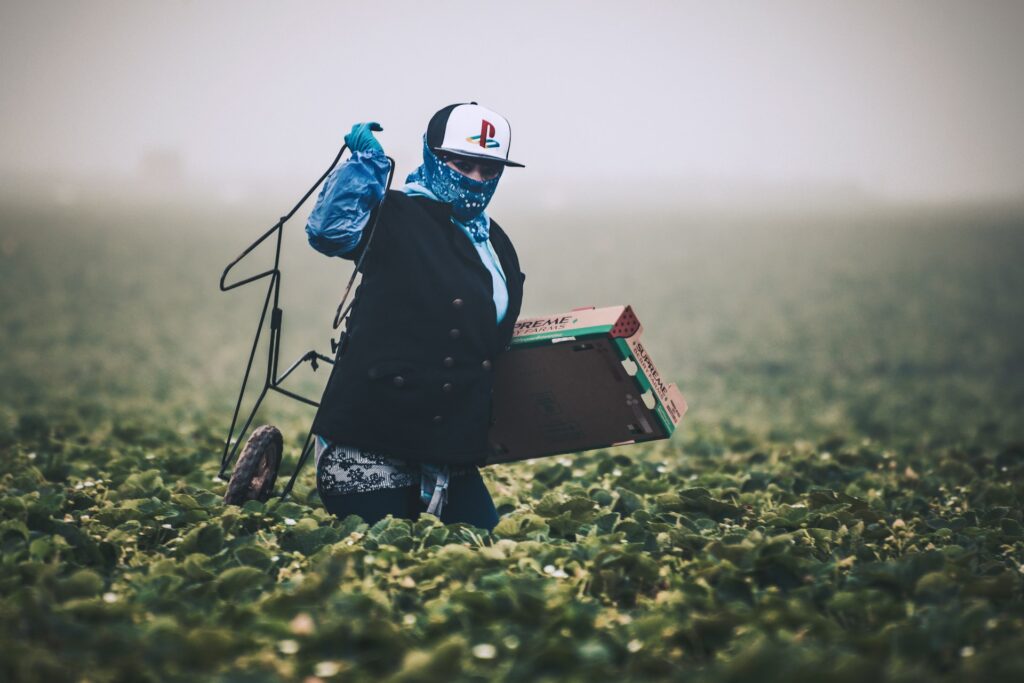
Agroecological Practices
- Integrating crops, trees, and livestock for diverse ecosystems.
- Encouraging natural pest control through beneficial insects and crop diversity.
- Incorporating organic farming principles.
Outcome: Healthier ecosystems and reduced chemical dependency.
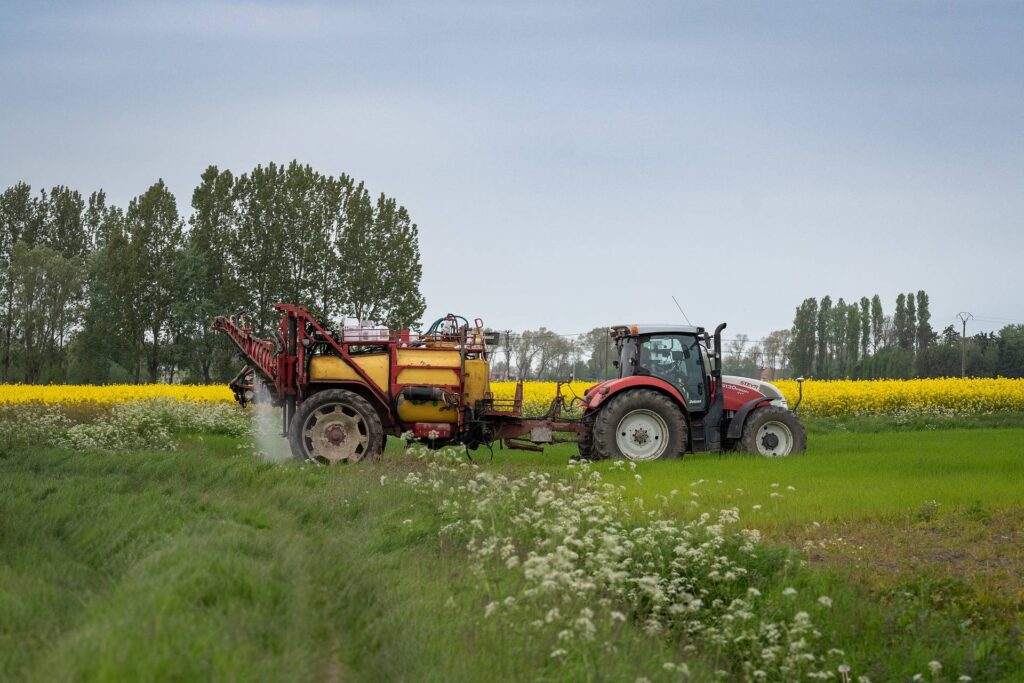
Climate-Smart Agriculture
- Adapting farming practices to climate variability (e.g., drought-resistant crops, no-till farming).
- Mitigating emissions through reduced tillage, agroforestry, and use of renewable energy.
- Leveraging weather data and early warning systems
Outcome: Resilience to climate change and reduced environmental footprint.
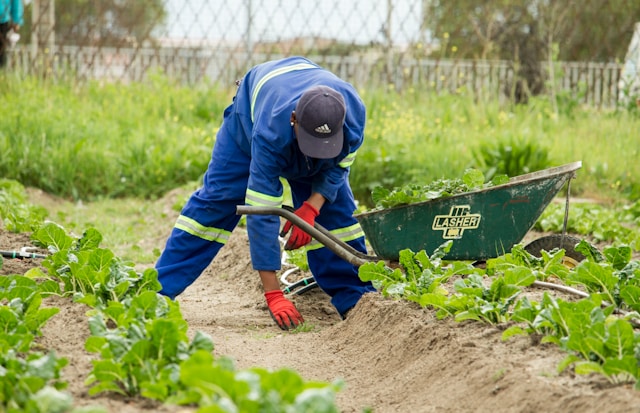
Integrated Pest and Weed Management (IPM)
- Using biological pest control and natural predators.
- Timing and rotating crops to prevent pest buildup.
- Non-chemical weed control methods like mulching and intercropping.
Outcome: Reduced reliance on harmful pesticides and herbicides.
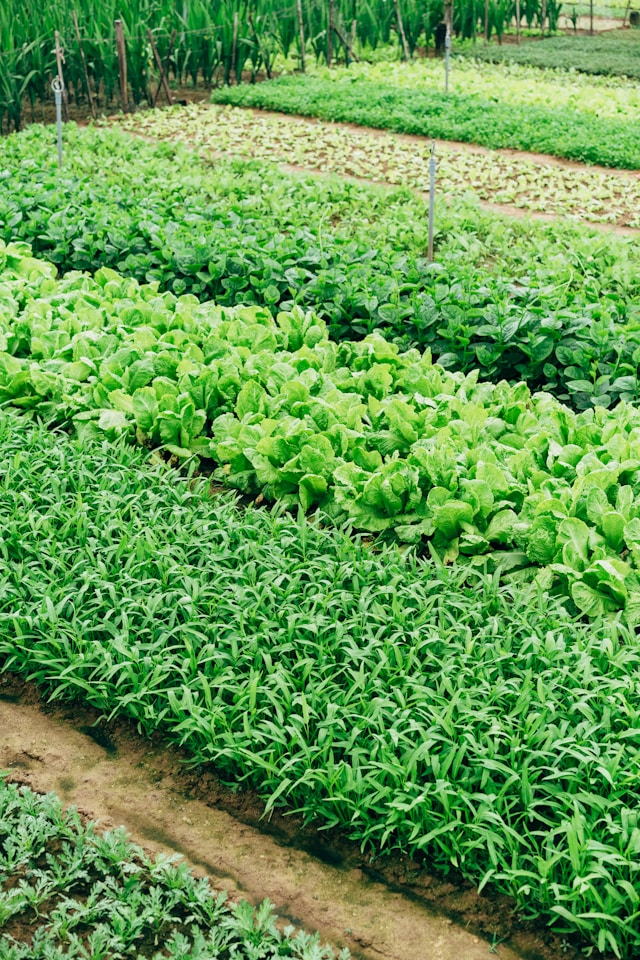
Crop Diversification and Resilience
- Introducing high-value or climate-resilient crops.
- Mixed cropping systems to reduce risk.
- Practicing polycultures for ecosystem balance.
Outcome: Increased income streams and resilience against market or climate fluctuations.
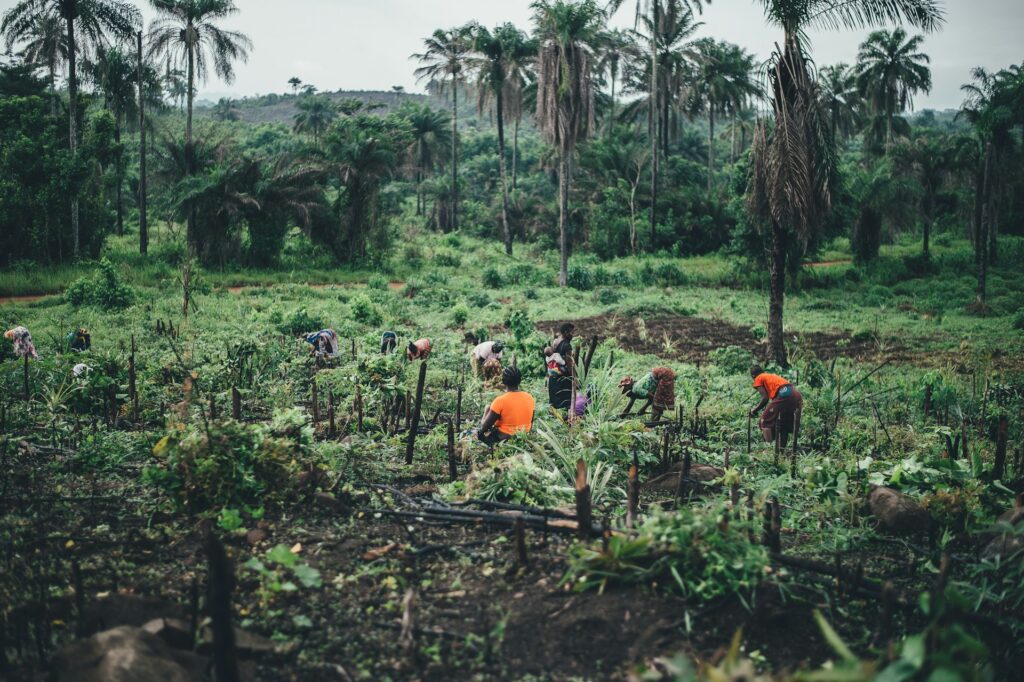
Post-Harvest Management and Value Addition
- Proper storage techniques to reduce losses.
- Value-adding processes like drying, fermenting, or packaging products.
- Building market linkages for selling surplus.
Outcome: Reduced food waste and improved profitability.
